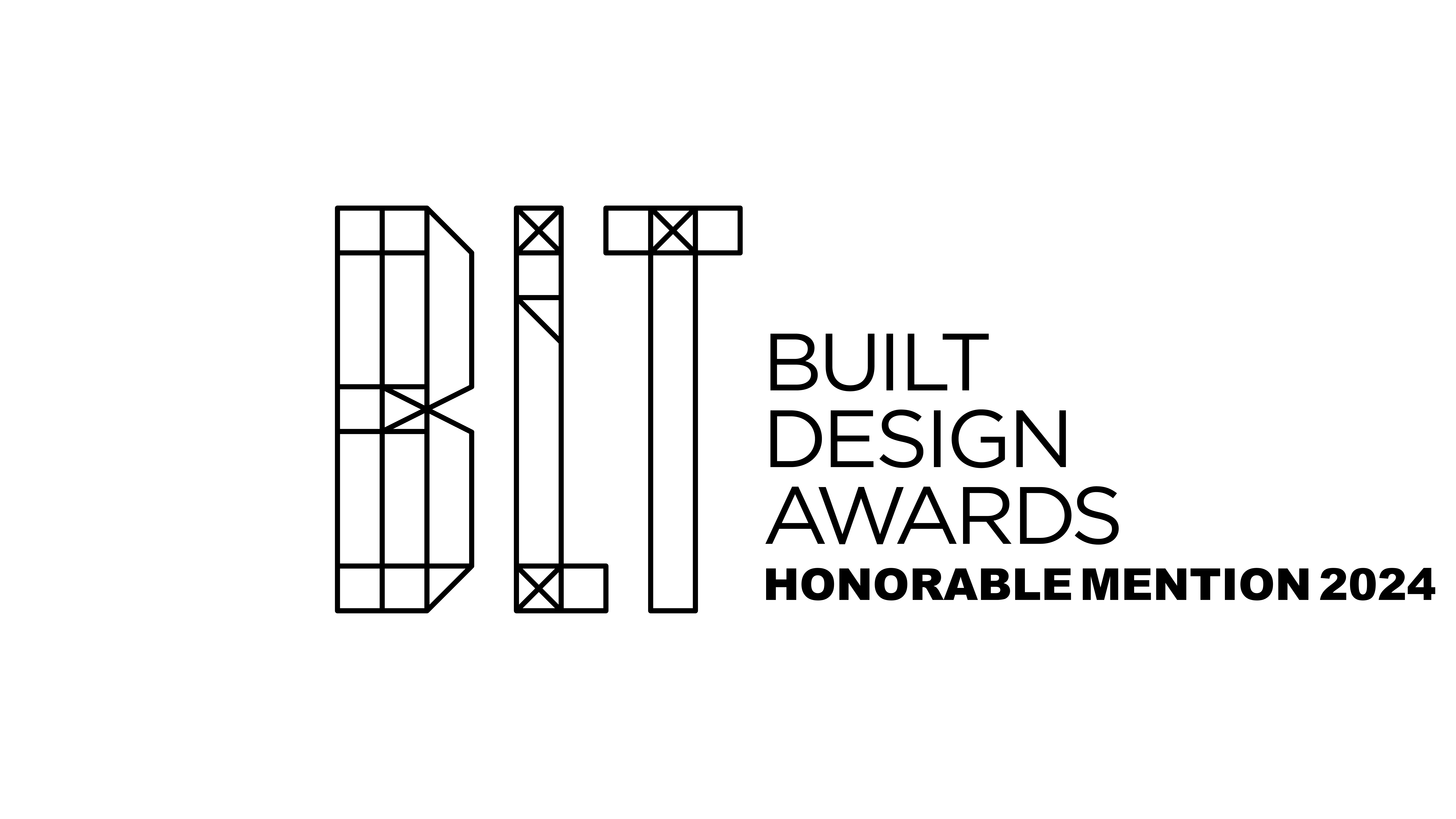
Centering the stories of historically marginalized communities, the comprehensive approach to inclusion and access across both digital and physical aspects of the blended experience design, ensure that all can enjoy the exhibition, unsegregated, irrespective of ability or disability.
This project demonstrates that under very restrictive budgets and schedules (the entire project was kicked-off and opened within 8 months) that a space that had been a beacon of Canada's violent colonial and genocidal history, can be used to bring historically marginalized communities together, to express their stories in an inclusively accessible manner, provoking reflection and dialogue amongst all.
The content (its reading level, its inferred dwell time, concepts being transliterated in Anishinaabemowin and vice-versa back to English and French), the content's presentation – graphic design (in situ, online, and in collateral), size-to-distance considerations, viewing angles, visual hierarchies, colour and contrast ratios, artefact touch affordances, braille at each text panel, high contrast graphics, tactile maps, ASL, captions, AD, text-to-speech, zoom, and more ensure inclusive access for all.

